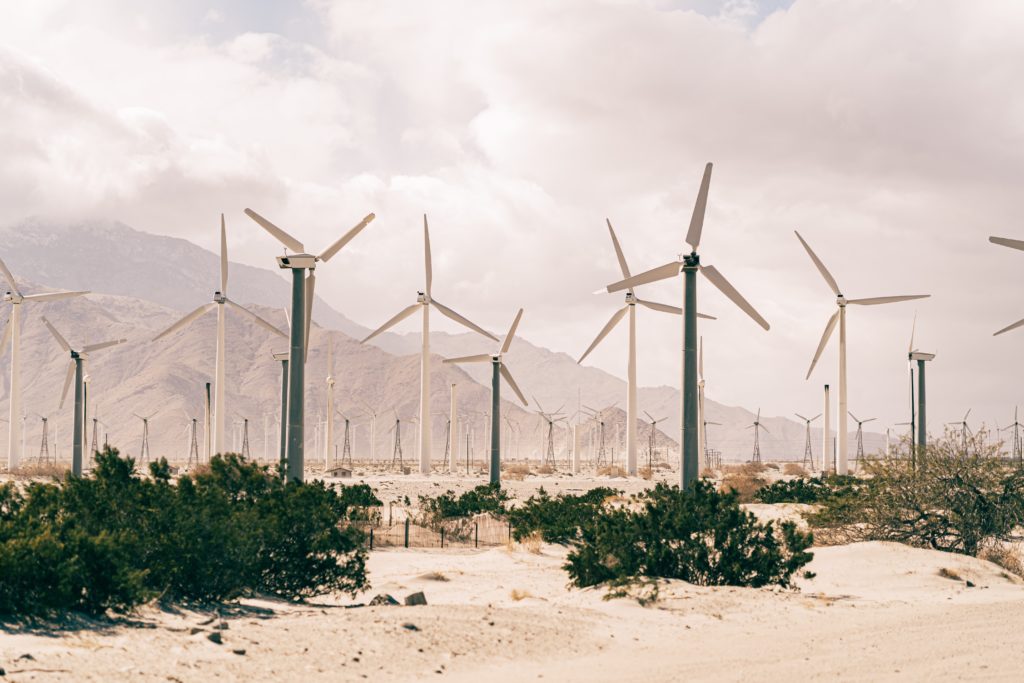A CLOUDY CRYSTAL BALL
A few weeks ago, I was sitting in my conference room with a client, his wife, and their son who was in his twenties. We were reviewing a series of agreements that the client was about to enter into with his operator that would permit the operator to drill a certain type of oil and gas well called a Production Sharing Well. In the midst of discussing the agreements and their impact on my clients’ royalties, the son asked, “what is the future of the oil and gas industry?”
It was a question that likely had different answers for each of the parties in attendance at the meeting.
Differing Perspectives
For my clients, a husband and wife in their fifties, the future of the oil and gas industry is only twenty to thirty years. For them, there will basically remain a bustling oil and gas industry during that period, similar to what we currently have.
For me, an oil and gas attorney in his early forties, I sometimes feel like I am on one of the final helicopters leaving Vietnam pulling up the ladder behind me. The oil and gas industry has provided me with a steady stream of exciting and profitable work. But what kind of future exists for a person just graduating law school and wanting to enter into the oil and gas legal field?
And then there was the twenty-something sitting in the room who asked the question. He was likely wondering to himself what sort of value his mineral inheritance is going to be worth by the time it is his to claim. This invariably led me to start thinking about my own children and what the world will look like when they fully enter it.
The Future of Oil & Gas Less Certain for Some
My clients, their son, and I represented the short, long, and interim views of the future of oil and gas. And while I believe the future of oil and gas is fairly certain for my clients (or at least as certain as a boom-and-bust commodity can be), it is certainly less so for myself and even more less certain for the children of my client and myself.
COVID-19’s Affect on the Oil & Gas Industry
Like every other industry in the world, 2020 hit the oil and gas industry like a runaway freight train. The decrease in global demand caused by the shutting down of the world’s economy due to the COVID pandemic has seen oil go on one hell of a rollercoaster. In the last twelve months oil has been as low as -$20 barrel (yes that is a “negative” mark) to its current pricing of at or around $60 a barrel. This wild flux in pricing has made it difficult for investors and self-funded giants to be able to adequately plan drilling schedules for the next six months to a year, let alone long term exploration goals with five to ten year horizons.
Further, while horizontal shale drilling companies can make money at $60 a barrel (most companies have a break even point of around $30-$40 a barrel), we certainly are no longer in the “money party” days of the early 2010s when oil reached it apex of $140 a barrel at certain points. However, many American based oil and gas companies such as Exxon believe that when the world starts fully recovering from the pandemic, the increase in global demand will boost and sustain the oil and gas market for a near future.
Investing in Clean Energy
The decrease in global demand in oil and the cash reserves held by many of the major global oil and gas companies, led some majors such as BP and Dutch Shell to invest heavily in renewables such as wind and solar. Many of the companies investing in clean energy see it as a long term investment that will not begin to pay dividends until the 2030s or 2040s. However, those companies like many other companies around the world see the writing on the wall. By all estimates global consumption of fossil fuel based hydrocarbons is expected to drop precipitously by the beginning of the second part of this century.
Like in every business those that anticipate, plan, prepare, and act on changing conditions will ultimately be the ones that succeed where others fail. The consulting firm Deloitte just published its 2021 Oil and Gas Outlook where it stated that horizontal shale companies that invest in green energy are likely to be the ones that hang on in the future. The thought of a Marathon or EOG or BHP investing in green energy as short a time ago as 2012 would have seemed crazy, but now one can see the merger of these two ideals when one sees a horizontal rig surrounded by solar panels.
An Estuary of the Past and Future
So, while the future for the client is still tied to oil and gas and the future for his son rests likely in solar, wind, and other renewables, those of us in the middle find ourselves in an estuary of the past and future. We’re in the unique position of transitioning from the type of energy that has powered the world for the last hundred years to the sources that will likely power us for the next century. How we manage that transition, as a country, as companies in the field, and as individual landowners will likely be determinative of our success on each of those levels.



